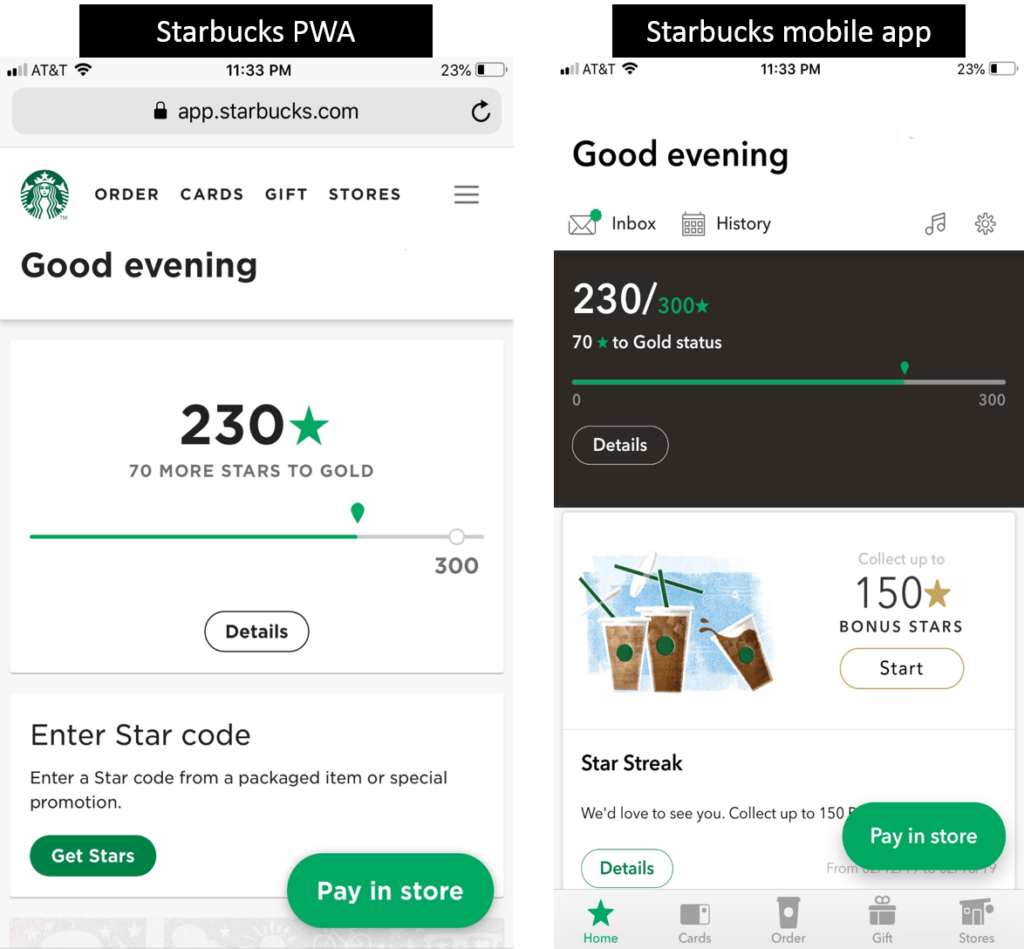The importance of Progressive Web Applications to improve SEO
The last few years have shown that if you have an online business you need it to work properly on mobile devices. Following this, the user experience on these devices must be pleasant and simple if you want to translate the use of your page into conversions. Finally, mobile device users are very fickle and despite the fact that there were about 113 billion app downloads in 2018, people only use about 9 per day.
In other words, having a presence on mobile devices is not enough. You have to be very good at it. Getting users to download and use apps is no easy feat, so you can instead build a mobile platform that's as easy to use as a mobile app. The best way to accomplish this is with a Progressive Web App or PWA.
In the simplest words, a PWA is a mobile friendly website that behaves like an application but does not need to be downloaded in order to be used. Users have the ability to save a PWA on their phone and use it as if it were an application.

There are a host of benefits that PWAs bring with them, such as not having to build and maintain a mobile website and an app simultaneously. Let's take a little more in-depth look at how you can get the most out of PWAs.
Velocity
This is undoubtedly one of the main advantages of a PWA. Businesses can segment PWA users who use a slow internet network, or even those who are offline, to preload their site content on their devices. This is accomplished using mobile development best practices such as caching content beforehand, compressing information, and much more.
Speed in these cases is very important since it acts directly on the SEO of your site and therefore on its conversion rate.
In January 2018 Google reported that speed on mobile devices is a big factor in ranking organic results for websites. With this statement, many pages have had to improve loading times, browsing experience and other indicators. In the case of PWAs, the pages load quickly due to the fact that the information on the site is previously saved, which gives users a quick and easy user experience. A differential factor to stand out in SEO.
According to Google, websites that load their content in 2 seconds or less have had 15% more conversions than average. This has shown that there is a correlation between the speed of a site and conversion rates, so that a variation in the loading speed of a page corresponds to a variation in conversions.

Websites can vastly improve their conversion rates with PWA load times. For example the giant of the Lancome cosmetics migrated to a PWA in 2017 and saw a significant improvement in both speed and conversion rates. With this change, the company managed to decrease the loading time on an 84% and increase its conversion rate on a 17%.
Better interactions
Google determines the fundamental requirements that a website needs to qualify as a PWA. A pleasant user experience, easy navigation, timely push notifications, compatibility in all browsers and pages that adapt to all devices are some of the most important requirements that also contribute to better user interaction.
PWAs resemble real applications by allowing users to install them on their devices. Once applications are embedded in phones, the opportunities for interactions are exponentially greater, as was the case with Forbes magazine when it launched its own PWA. With the implementation of push notifications, improved loading speed, fast transitions, and an eye-catching page layout, the Forbes PWA achieved:
- Triple the amount of content consumed by users.
- Increase the amount of site revenue per user by 43%.
- Multiply by 6 the times users saw an article.
- Double your engagement rate.
It is known that metrics such as the time a user spends on a site, the CTR and the bounce rates have a direct impact on the location of a page in a search engine. That is why PWAs are an excellent tool to improve the performance of a brand.
The importance of URLs
Progressive Web Applications really take advantage of SEO best practices in every way. In fact, these PWAs do not require the description of a domain to be "mobile.site.com" to offer a good experience on mobile sites. These pages are configured to provide a constant experience no matter what device they are displayed on.
In the same way, PWAs necessarily have to be enabled as HTTPS, which improves organic searches and offers better security to users. This translates to lower bounce rates, better click-through rates, and probably better conversion rates.
Each page comes with its own URL which allows them to be easily crawled by search engines. Having unique URLs also makes it easier to share links on social media.
By pre-caching a site, all URLs of a Progressive Web Application can be loaded even when the device is offline, allowing users to operate on older devices that do not have good connectivity.
In conclusion, companies should take note of what users want as their usage habits evolve. Today's user is telling us that they expect to operate easily on their mobile devices without having to download an app for a superior experience.
Now is the time to catch these signals and invest in PWAs that combine the ease of use of a website and the speed of a mobile application. This change will undoubtedly redefine the way brands interact with their audiences, without the large costs of developing and maintaining an application.